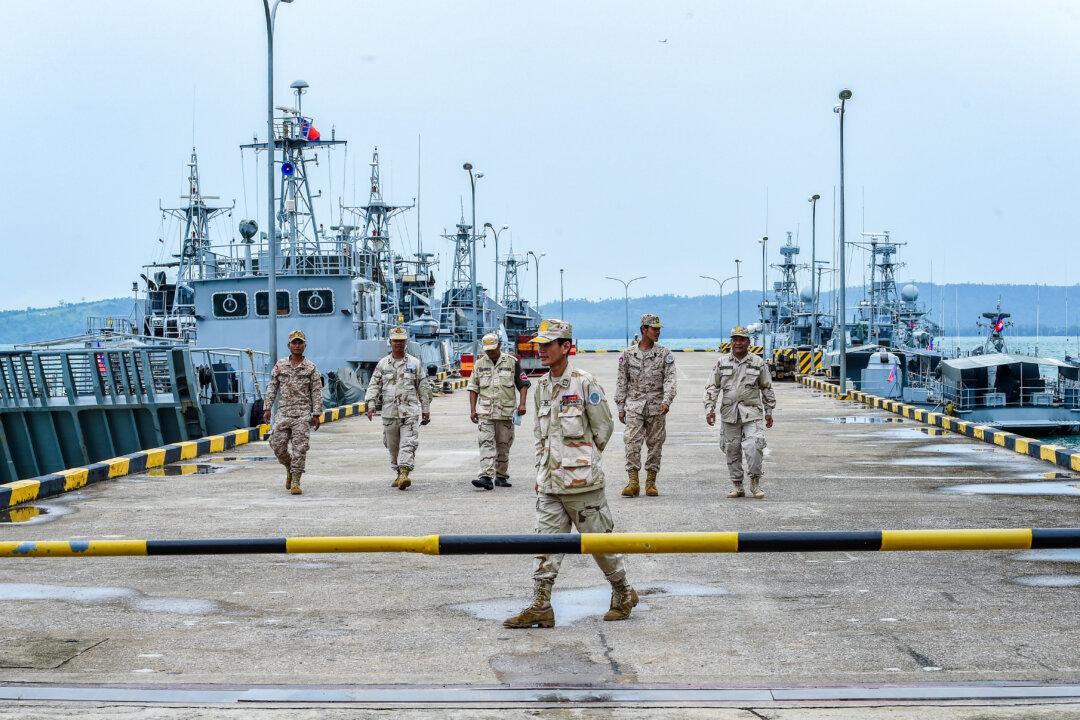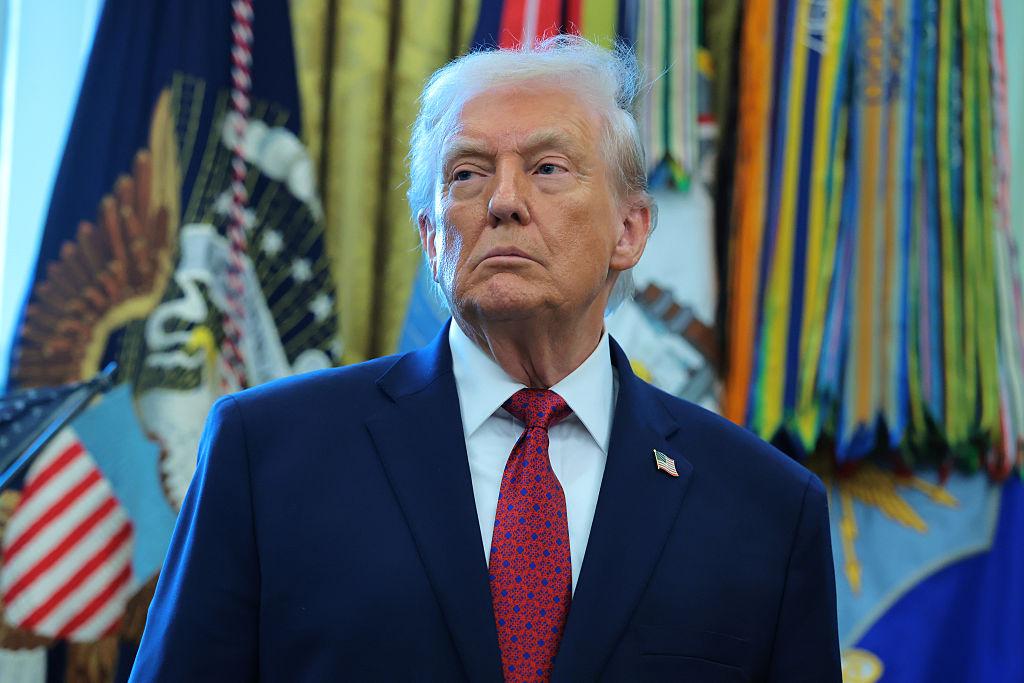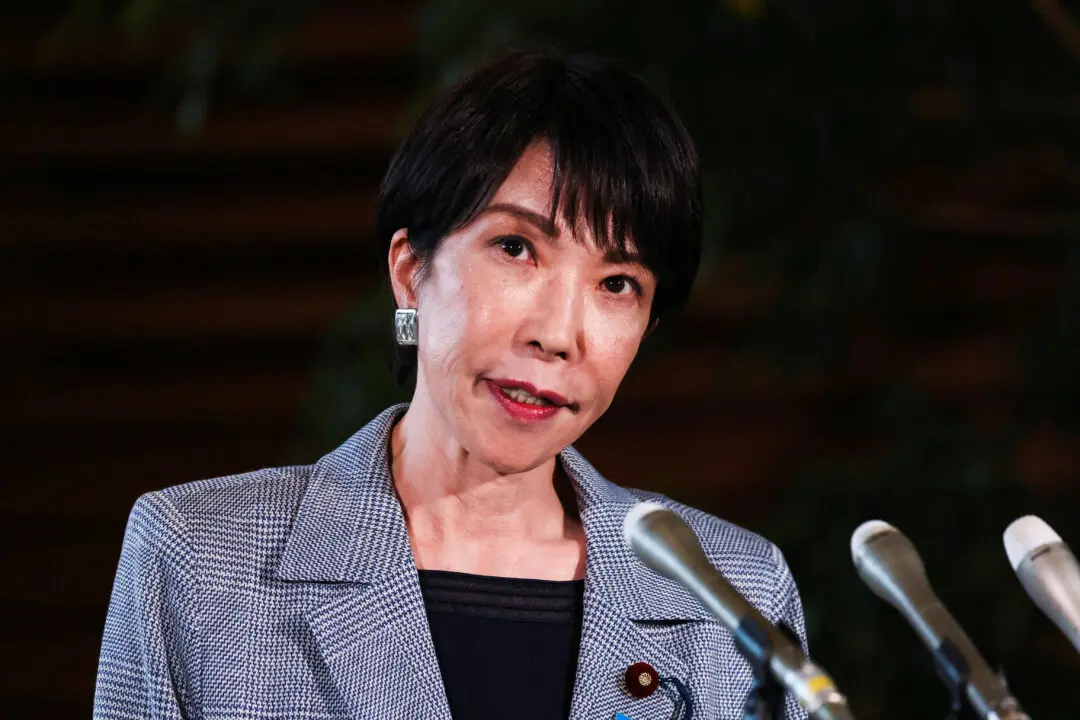The armed forces of Cambodia and China began joint exercises on May 16 involving 2,000 troops and 14 warships, as the two allied nations are seeking to strengthen their “ironclad friendship” and defense cooperation.
Maj. Gen. Thong Solimo, spokesperson for the Royal Cambodian Armed Forces (RCAF), told reporters that the “Golden Dragon” joint drill “will be even larger than before” and it will run through May 30.





